Search

Small Aphid Populations Observed in Wheat
This week we received the first report of aphids in wheat for the 2021 season. The populations won’t be increasing rapidly until the daily temperatures warm up, but it is still a good idea to scout fields and determine if aphids are present.
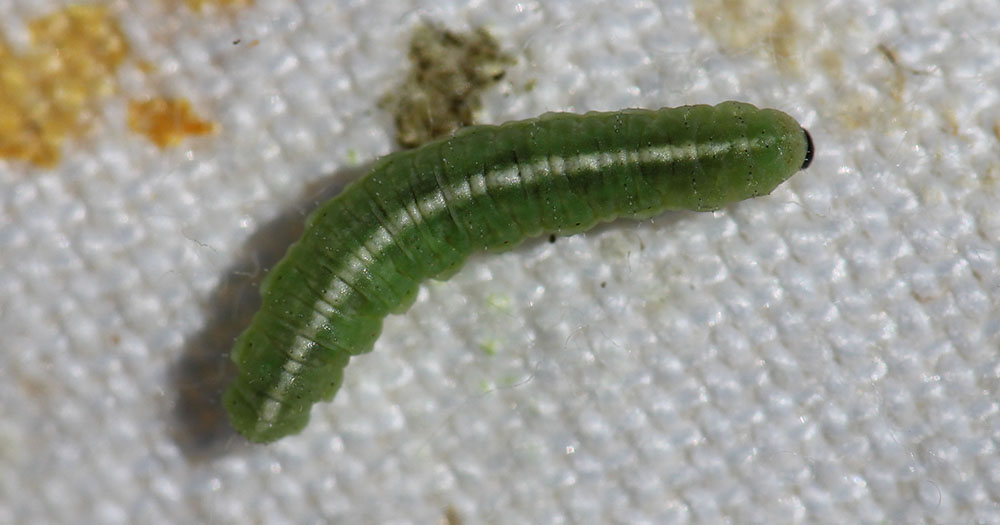
Alfalfa Weevil Activity Prediction Update: May 20, 2021
This week we accumulated degree days for alfalfa weevils at a rapid rate. As a result, we observed many areas of the state potentially move through more than one larval life stage.

Common Stalk Borer Activity Estimate: May 20, 2021
Warmer weather is finally here. Although we have accumulated quite a few degree days for common stalk borers, nowhere in the state has reached accumulation levels for common stalk borer caterpillar movement into corn fields.

Cabbage White Butterflies Are Here!
Keep an eye out for cabbage white butterflies in your garden. These butterflies lay eggs on the underside of the vegetable leaves. Once the eggs hatch, their caterpillars feed on cabbage, broccoli, Brussel sprouts, cauliflower, kale, turnips and radishes.
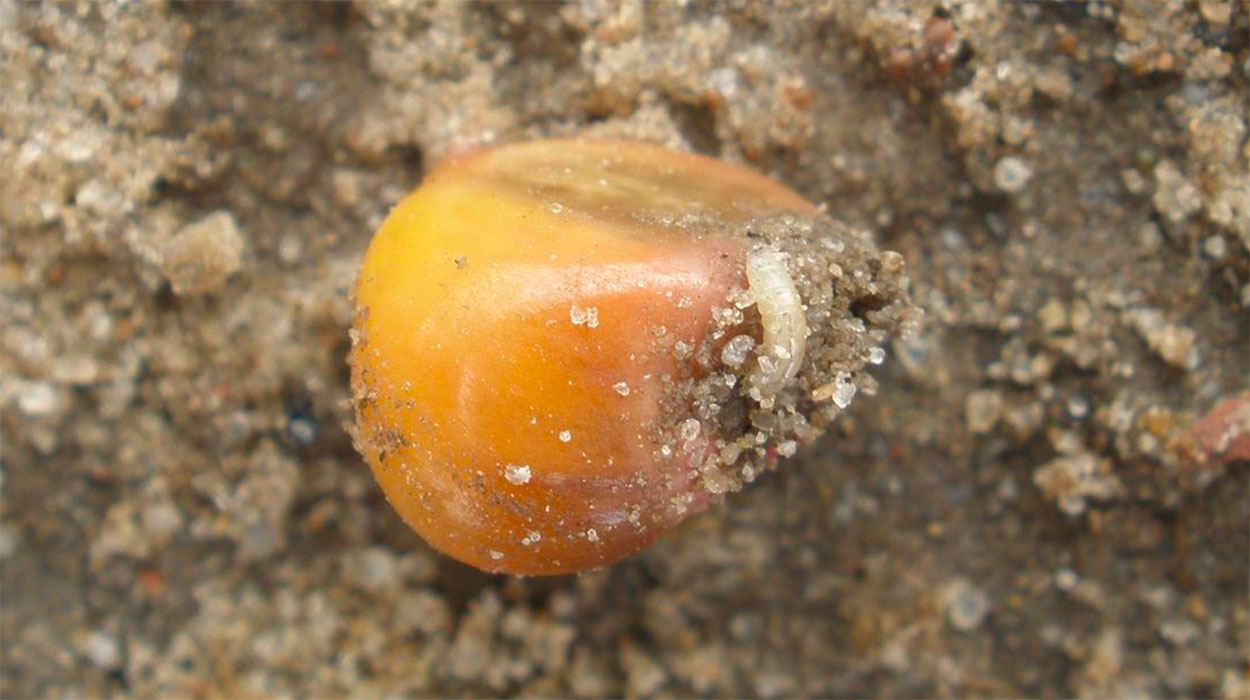
Seedcorn Maggot Degree Day Activity Estimates: May 20, 2021
Seedcorn maggots can be an early-season pest of corn and soybean in South Dakota, typically affecting crops that are emerging or have recently emerged. Seedcorn maggots can cause direct loss by destroying planted seeds.
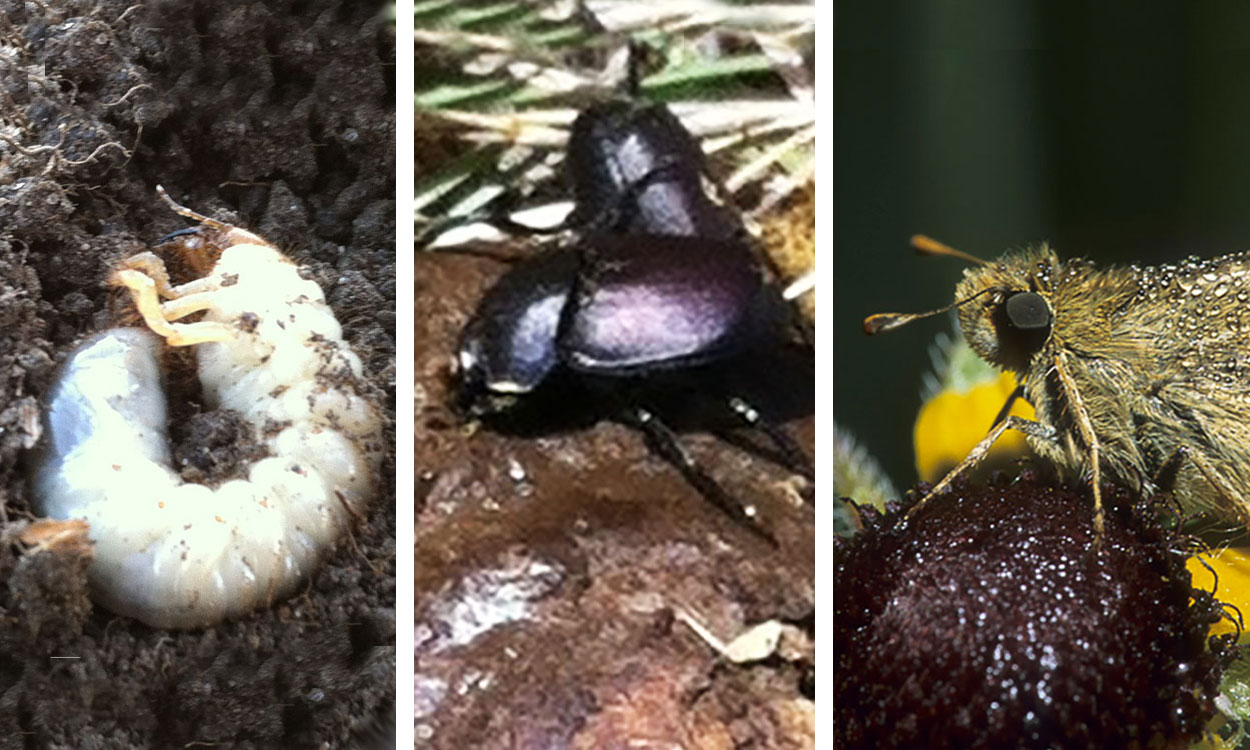
Rangeland Insects Are Critical Indicators of System Health
Insects, in general, may offer more indication of rangeland health than any other type of organism. They serve as key building blocks that other organisms depend on.
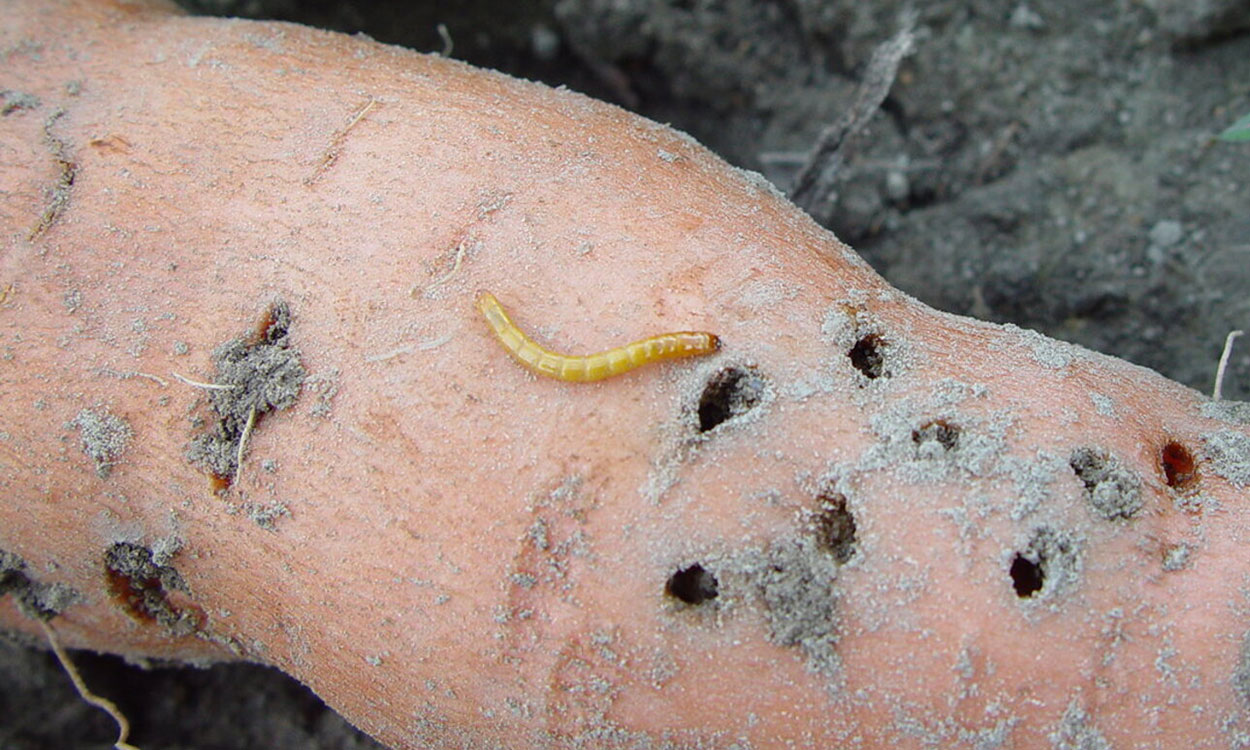
Wireworms in the Garden
With warming soil temperatures, overwintering wireworms have become active throughout South Dakota. Wireworms are soil-dwelling insects that can be pests of germinating seeds, seedlings and root crops.
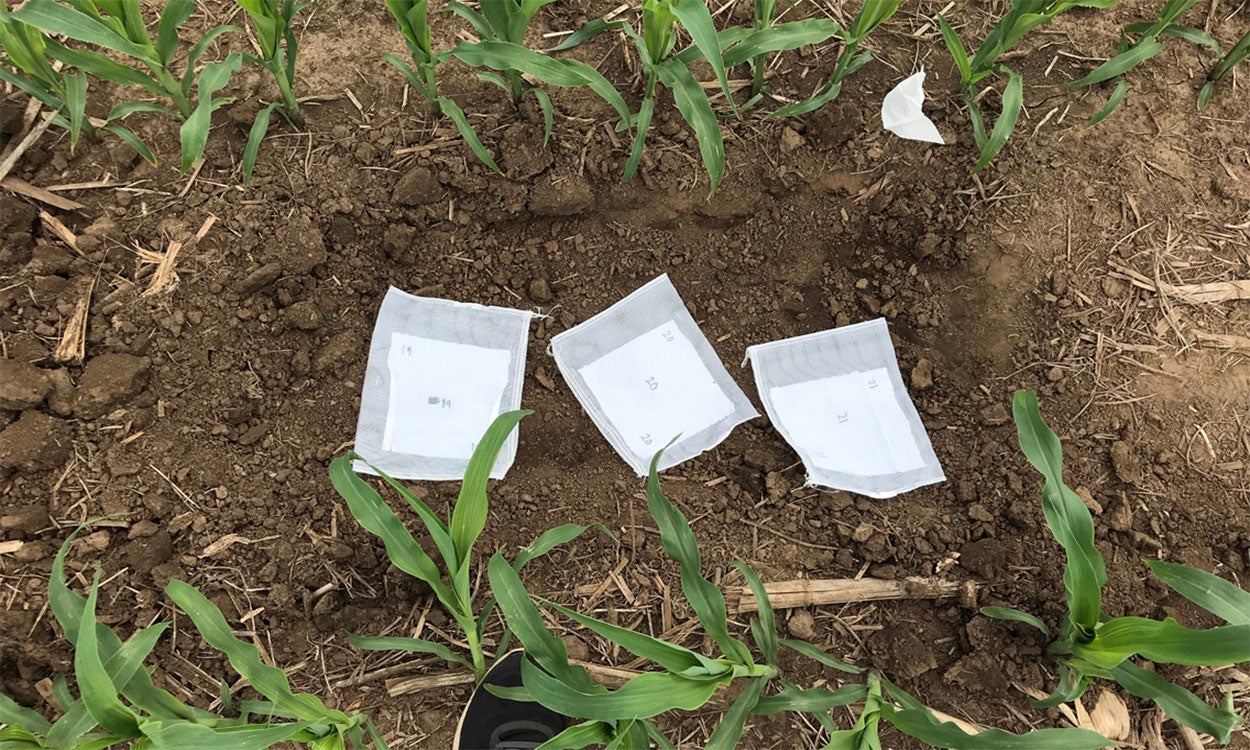
Cotton Strip Soil Test: Rapid Assessment of Soil Microbial Activity and Diversity in the Field
Soil has always been considered as a living system due to its biological components: fungi, bacteria and plant roots. Under several ongoing research projects, we started researching how we can use ‘cotton strip assay’ to compare different cover crop mixes to optimize field soil activity and build up better soil health.
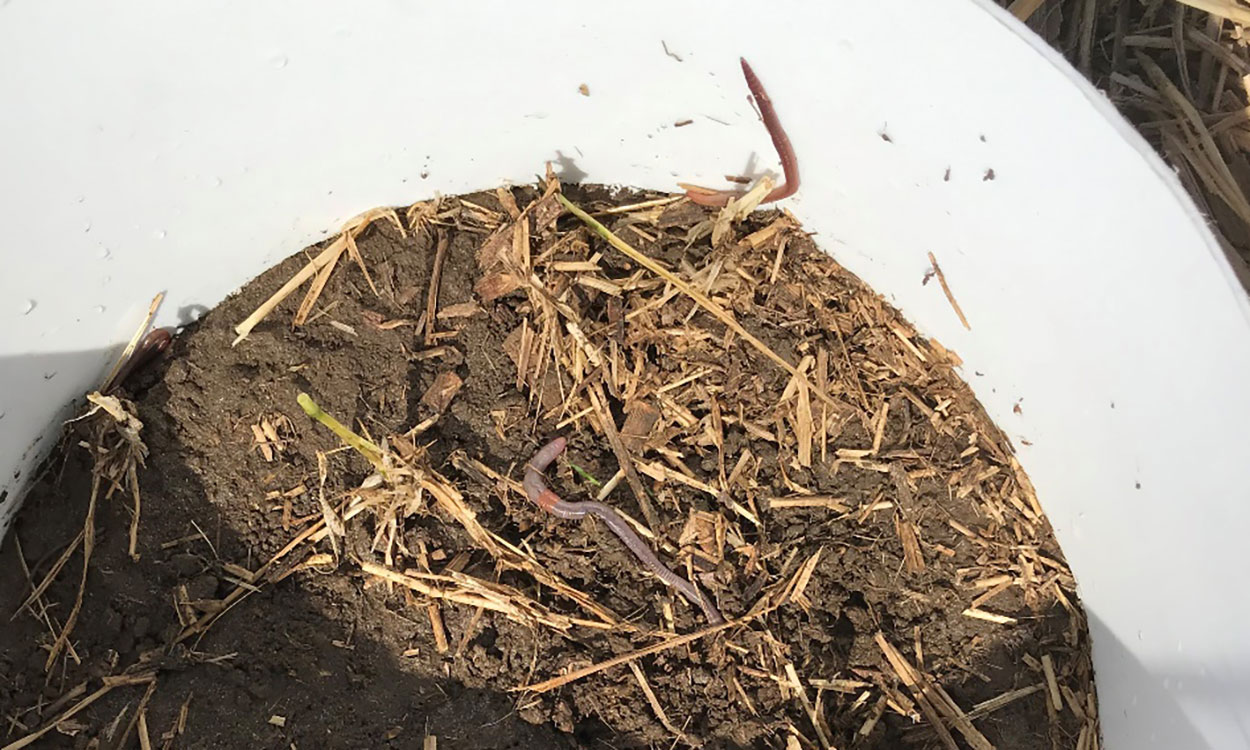
How’s Life in the Soil? Ask (Count) the Earthworms.
Earthworms are ‘very special’ creatures on earth, and their contribution in soil nutrient cycling and fertility management has been acknowledged from the beginning of agriculture. So, the question needs to be asked, how can we help improve earthworm populations?

South Dakota Soil and Water Conservation Society to host “Connecting Farm to Future” Virtual Conference
December 02, 2020
The South Dakota Chapter of the Soil and Water Conservation Society (SWCS), will host a free virtual conference.